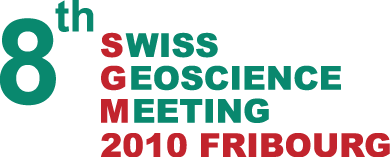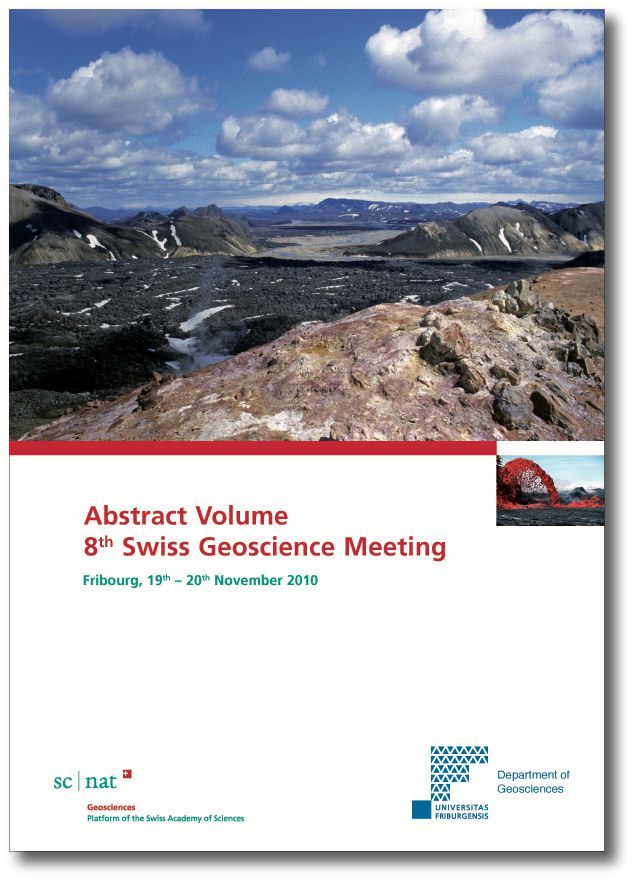8th Swiss Geoscience Meeting 2010 in Fribourg
The 8th edition of the Swiss Geoscience Meeting focused on the contribution and the importance of climate in Earth's history as well as on the latest advances in research in geosciences. It was held 19th to 20th November 2010 in Fribourg.
The Department of Geosciences of the University of Fribourg and the Platform Geosciences of the Swiss Academy of Sciences cordially welcomed the 594 participants in the 8th Swiss Geosciences Meeting held on 19 and 20 November 2010 in Fribourg
On Friday 19th, keynote presentations focused on this year's theme "Hot and Cold: Extreme Climates in Space and Time". The invited speakers are distinguished experts on past climates:
- Paul Hoffman from Harvard University and one of the fathers of the "snowball Earth" theory strated with a presentation on the Cryogenian Period. Closer to our times
- James Zachos from UC Santa Cruz warmed the audience with a presentation on the Paleocene–Eocene Thermal Maximum. Still closer to present climate, the third speaker
- Hubertus Fischer from the University of Berne unravelled the history of past climatic changes in polar regions during the late Quaternary. Practical aspects of extreme climates encountered by professional geoscientists have been addressed by the fourth speaker
- John M. Reynold from Reynolds International Ltd, who discussed hazards associated with thawing permafrost and glacial lake outburst floods from the Himalayas to the Andes.
On Saturday 20th
About 199 talks were given and 128 posters were presented in 20 scientific symposia that focused on diverse domains of geoscience research encompassing the hydrosphere, the lithosphere, the cryosphere, the biosphere and the atmosphere without neglecting to also address the anthroposphere and the noosphere.
The SGM offers an ideal environment to also foster informal contacts and discussion between scientists: Such opportunities occur at the Swiss Geoscience Party on Friday evening, or during the poster session on Saturday. Special time slots are allocated to two poster sessions, at which the authors are present.


